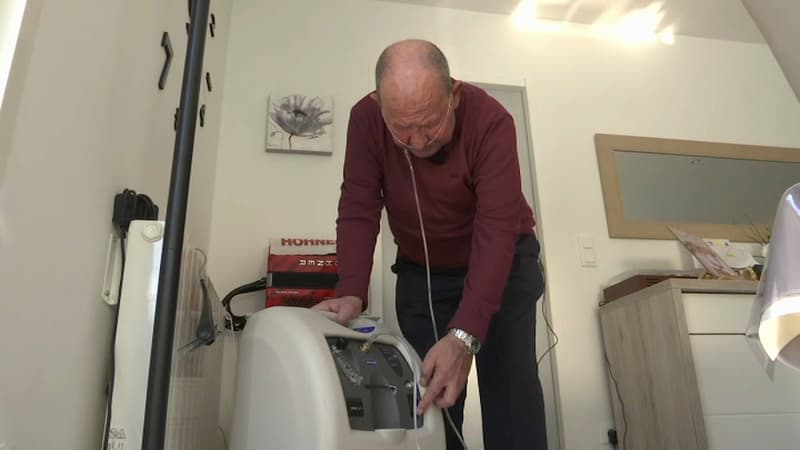Patients with high vital risk (PHRV) have a special status in the face of power cuts: they are given a priority status but this does not exempt them from possible load shedding. “They have priority because they benefit from a specific device and we must ensure that they have information about the cuts, even outside of any load shedding that may occur during this winter,” explains Enedis, who is in charge of contacting them, together with the Agencies. Regional Health (ARS).
France has 3,800 patients at high vital risk who are targeted by this famous “special information system” designed in 1997. The PHRVs are divided into two categories: on the one hand, patients with respirators who have a workday equal to four hours and who are therefore on life support for more than 20 hours a day. On the other hand, children who receive parenteral nutrition at home, that is, those who are fed intravenously through a catheter placed in a vein because they cannot get all the nutrients they need by mouth or enteral feeding, as specified on the site of a $
A reinforced system based on Ecowatt
Typically, PHRVs are faced with two scenarios. In the event of an unforeseen blackout, they can dial a dedicated phone number to find out the probable duration of the blackout so they can organize themselves. When the cut is scheduled for work reasons, for example, they are informed of the estimated date and time by mail five days in advance to make the necessary arrangements.
It is this second situation that is now subject to a slightly more elaborate mode of operation thanks to the red EcoWatt signal that indicates high voltage in the electrical network and therefore possible load shedding three days in advance. “Therefore, patients are informed in D-3 and if it is not possible to locate them, we set everything in motion to do so by phone or mail or by sending an agent directly until 5:00 p.m. the day before,” explains Enedis. , we only contact those who will be affected by the cuts, as the geographic areas are more precise, so they must make their own arrangements.”
To appear on the dedicated ARS lists, life-threatening patients must provide an application form, have a medical certificate completed by their treating physician, and obtain paper samples of Cerfa forms from their network provider. In the event of a favorable opinion, the special information system lasts for one year and then your request must be renewed by the same means.
Source: BFM TV


